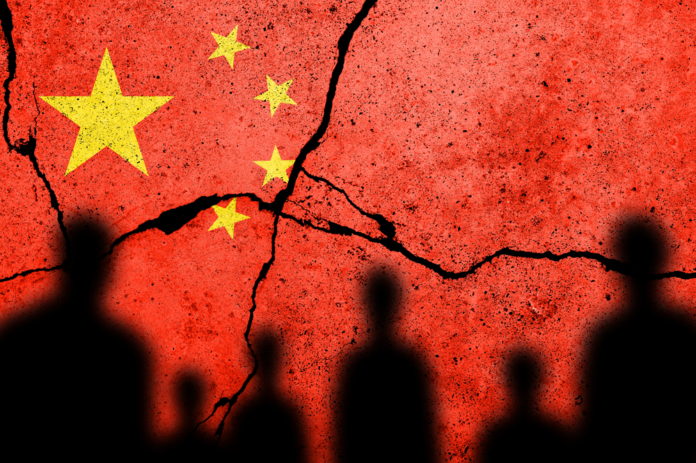China’s latest economic data for January and February 2024 have exceeded analysts’ estimates. Notably, retail sales rose by 5.5%, surpassing forecasts of 5.2%. Similarly, industrial production grew by 7%, beating forecasts of a 5% increase.
Labor market and investments: a mixed picture
Fixed asset investment also exceeded expectations, rising by 4.2% compared to analysts’ predictions of 3.2%. However, the labor sector presents a challenge, with the February urban unemployment rate rising to 5.3%, indicating potential areas of concern. Amid these mixed signals, it’s noteworthy that retail sales of physical goods increased by 14.4% year-on-year in the first two months of 2024.
Within the investment sector, investment in the real estate industry faced a 9% decline. Conversely, investments in infrastructure and manufacturing grew to 6.3% and 9.4%, respectively, highlighting both areas of growth and potential job creation in the current Chinese economy.
Monetary policies and the real estate sector
National Bureau of Statistics spokeswoman Liu Aihua stated that the real estate sector is undergoing an “adjustment period.” This comment refers to the market’s slowdown, a direct consequence of Beijing’s stringent measures to curb the real estate sector’s high dependence on debt. In February, average property prices in 70 major Chinese cities saw a month-on-month decline of 4.5%, a larger decrease than January’s 3.5% drop.
Looking ahead: challenges and strategies
Despite positive signs in some areas, the real estate market, consumer confidence, and property transactions continue to face challenges. This is evident in the number of new loans in February, which fell short of estimates and declined compared to the previous month.
Manufacturing and technology take center stage
Despite these challenges, Beijing has emphasized its focus on developing manufacturing and technological capabilities. This strategy aims to diversify the economy and reduce reliance on volatile sectors like real estate. This approach seems to be yielding results, as evidenced by the 7.1% growth in exports during January and February, exceeding estimates.
A Complex economic landscape
The start of the year for Asia’s largest economy presents a complex picture of challenges and opportunities. While sectors like industrial production and retail sales are strengthening, others, like real estate, are undergoing adjustments. Moreover, it’s important to note that these economic considerations operate independently of China’s strategy to promote the Yuan as a substitute for the US dollar in international tradetrade.



